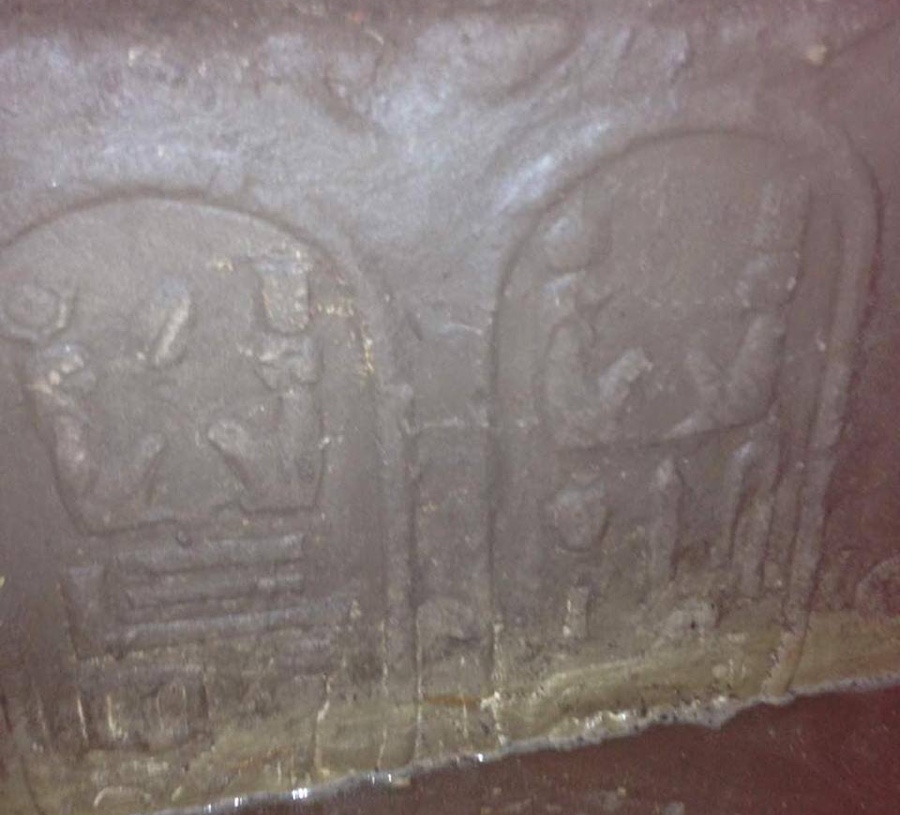Ancient Egyptian Pharaoh Carving Found in Looting Hole

Egyptian authorities say they caught looters digging up an ancient stone block carved with an image of a pharaoh.
In the city of Abydos, antiquities authorities say they were inspecting an old two-story, mud-brick house when they found that the owner had excavated a hole in the floor.
The block was at the bottom of the hole, about 13 feet (4 meters) below the floor, according to an announcement from the Egyptian Ministry of Antiquities. [See Photos of Looting in Egypt]
Images of the discovery show that the block is decorated with the cartouche of Nectanebo II. (A cartouche is a symbol consisting of ovals that frame a set of hieroglyphs indicating a royal name). Nectanebo II ruled during Egypt's 30th Dynasty, from 360 to 342 B.C., and was the last native Egyptian pharaoh before his defeat during the Persian conquest.
Abydos is in Upper Egypt about 6 miles (10 kilometers) from the Nile River. The earliest kings of Egypt were buried at the site, and it remained an important religious place for thousands of years. Today, many of its monuments are still visible, such as Temple of Seti I and Ahmose's pyramid.
Abydos was especially important as a cult center for Osiris, the god of the underworld. Several Egyptian rulers built their own temples to Osiris at this site, and Nectanebo II might have done so, too. The block could be a part of the king's royal shrine or an extension of a wall from the temple, said Hani Abul Azm, head of the Central Administration for Antiquities of Upper Egypt, according to the announcement.
The house where the block was found is now under police supervision. Abul Azm said that proper excavations may take place to reveal more about the site.
Get the world’s most fascinating discoveries delivered straight to your inbox.
Egypt has strict laws governing its antiquities and archaeological resources, but a black market for artifacts still exists. Sometimes objects that were illegally excavated get disguised in the legal market, but they can be difficult to identify. A recent Live Science investigation of U.S. Census Bureau documents showed that $50 million in artifacts were shipped from Egypt to the U.S. in 2016. Still, other objects might get shipped in disguise. Last year, the U.S. returned to Egypt a mummy hand from the eighth century B.C. that had been shipped as a sci-fi movie prop.
Original article on Live Science.



